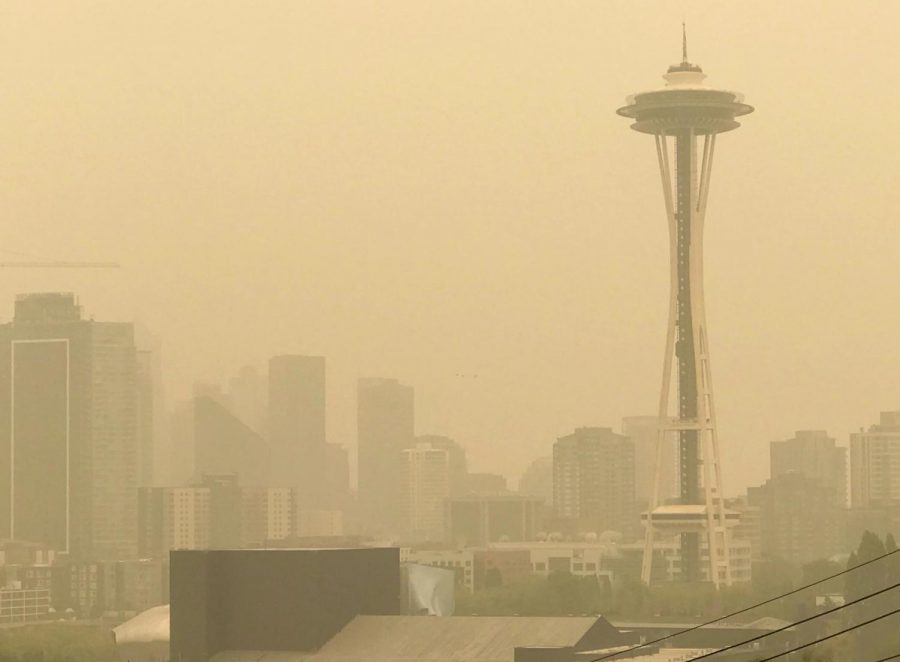West Coast Wildfires
September 23, 2020
From the wildfires in Australia in early 2020 to an 80% increase of wildfires in the Amazon over the past few years, wildfires have absolutely wreaked havoc across the world. Now, the entire West Coast is on fire. The mayor of Portland, Oregon has just declared a state of emergency as the fires encroach closer and closer towards the city. The fires have been burning down parts of Washington state, California, and Oregon. According to the U.S. Forest Service, the Riverside Fire, one of about 23 burning in Oregon, grew to more than 130,000 acres in the span of only a few days. Gov. Kate Brown of Oregon said, “We have never seen this amount of uncontained fire across our state.” As of September 16th, thirty-five people have been pronounced dead due to the fires, but the death toll is expected to rise in the coming days. In California, the fires have burned more than three million acres, whole towns in Washington, and nearly a million acres in Oregon. Scenic towns in the mountains have been ravaged by the flames, reduced to nothing but ash. In California alone, there are twenty-nine wildfires burning simultaneously. 14,000 firefighters are on the front lines battling against the Californian wildfires. In Washington, a “huge mass of smoke” from the wildfires in California and Oregon has been building off its coast. The Washington state Department of Ecology told residents that they should close their windows before going to bed at night and that they should expect to wake up to unhealthy air quality Friday. When speaking to the Digital Journal about how wildfires and climate change are linked, Daniel Swain, who works at the Institute of the Environment and Sustainability at UCLA, said this: “Increases in wildfires and severe weather events in recent years are beginning to match what climate scientists previously predicted. We have now, in California and elsewhere, reached the point where these changes are now detectable.”



